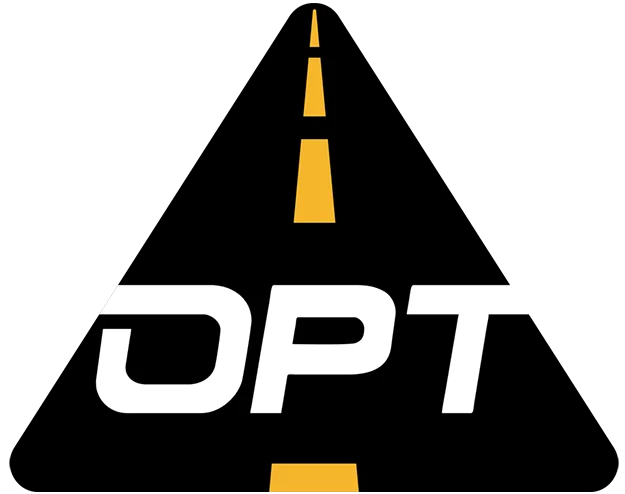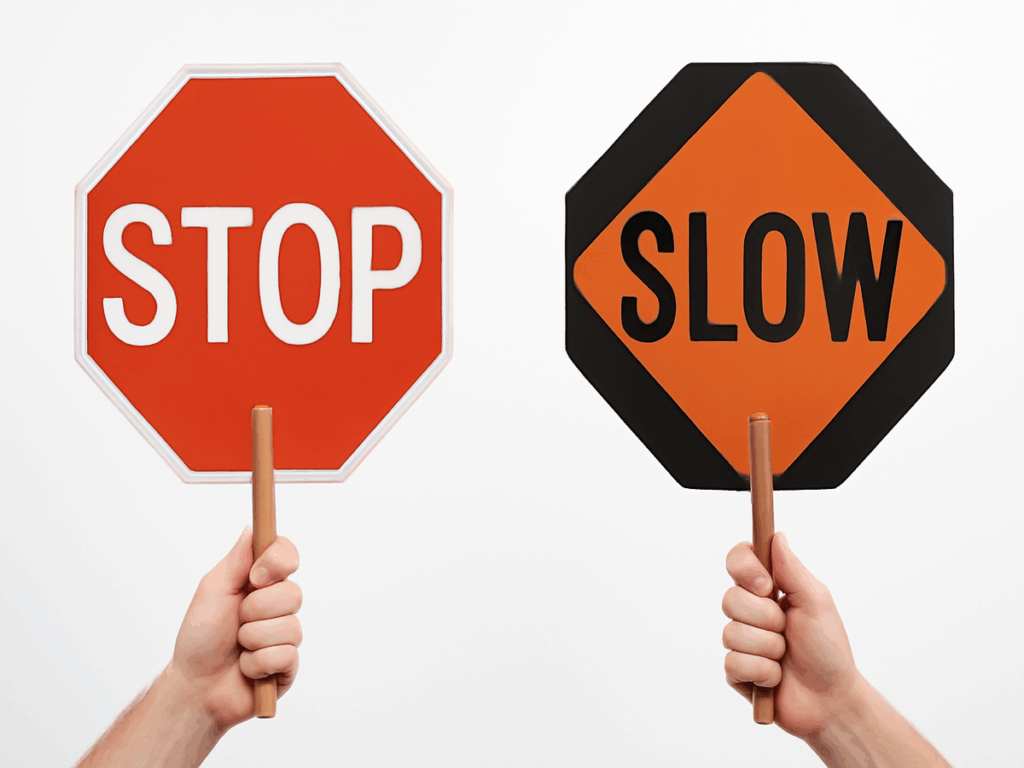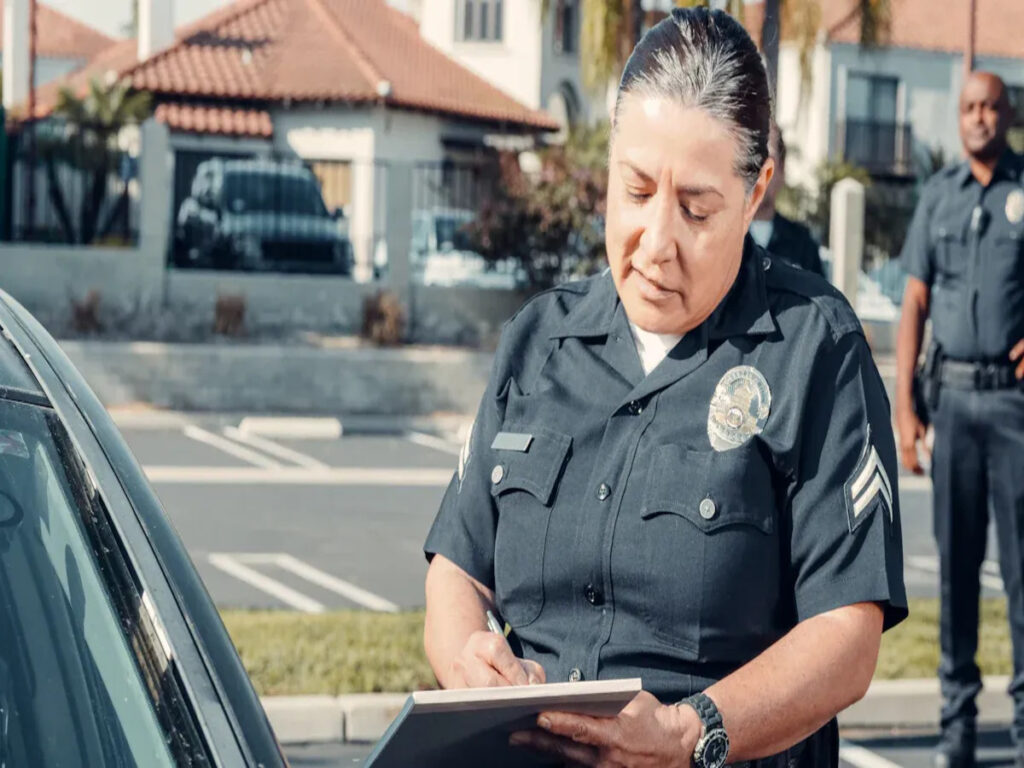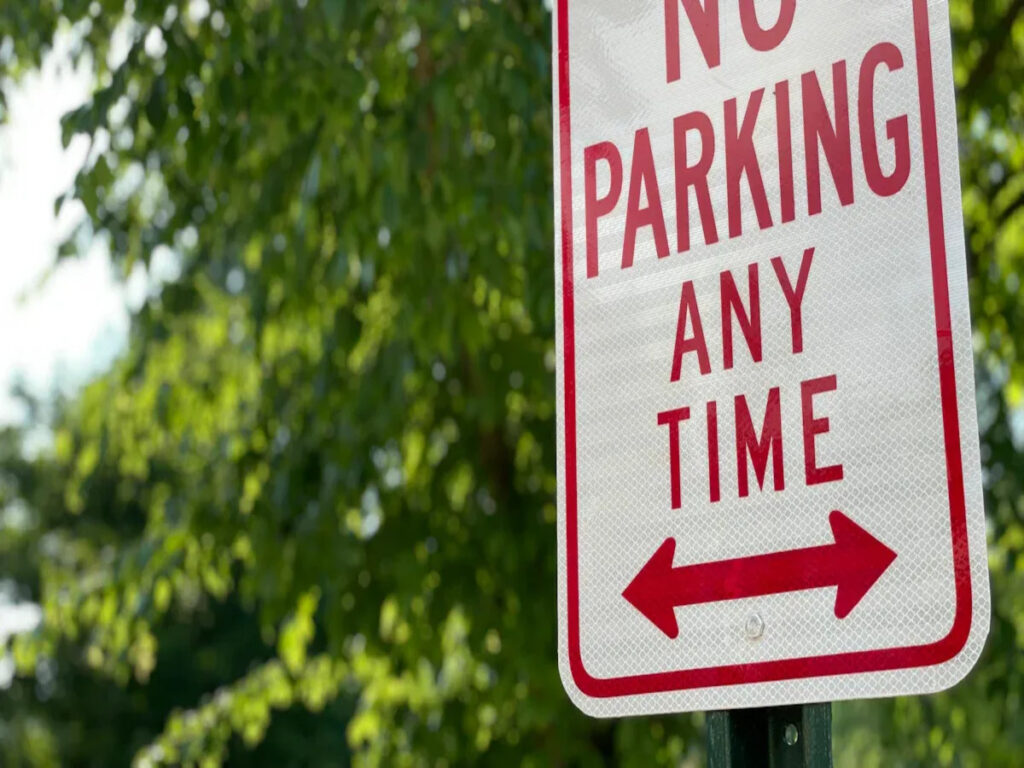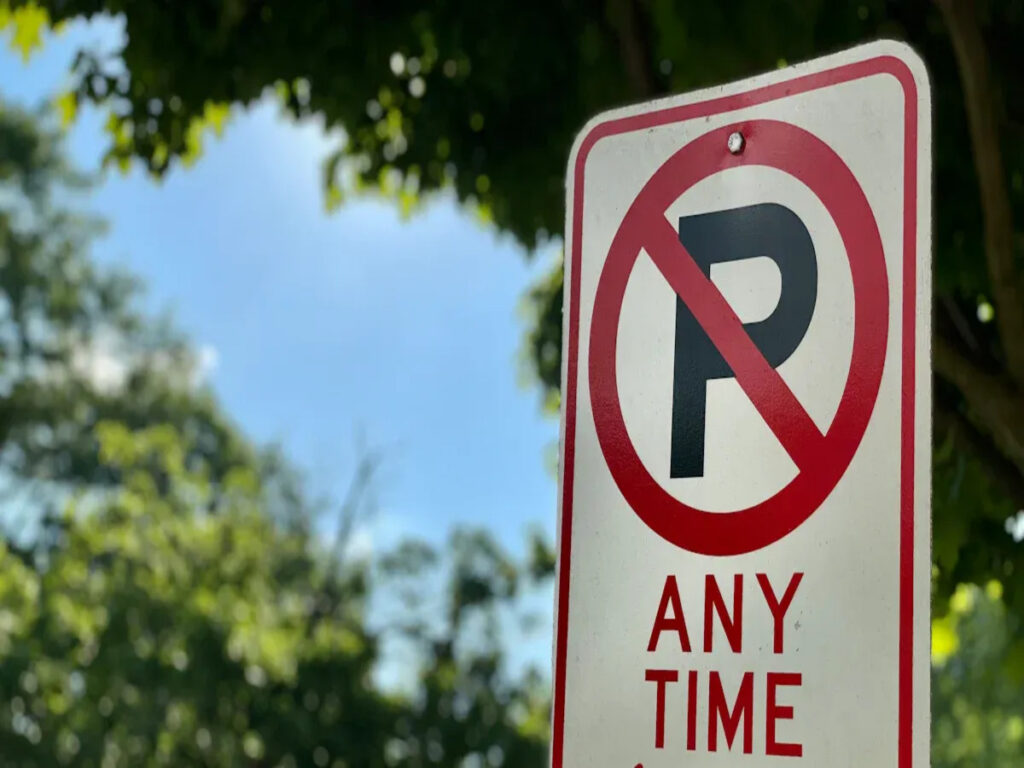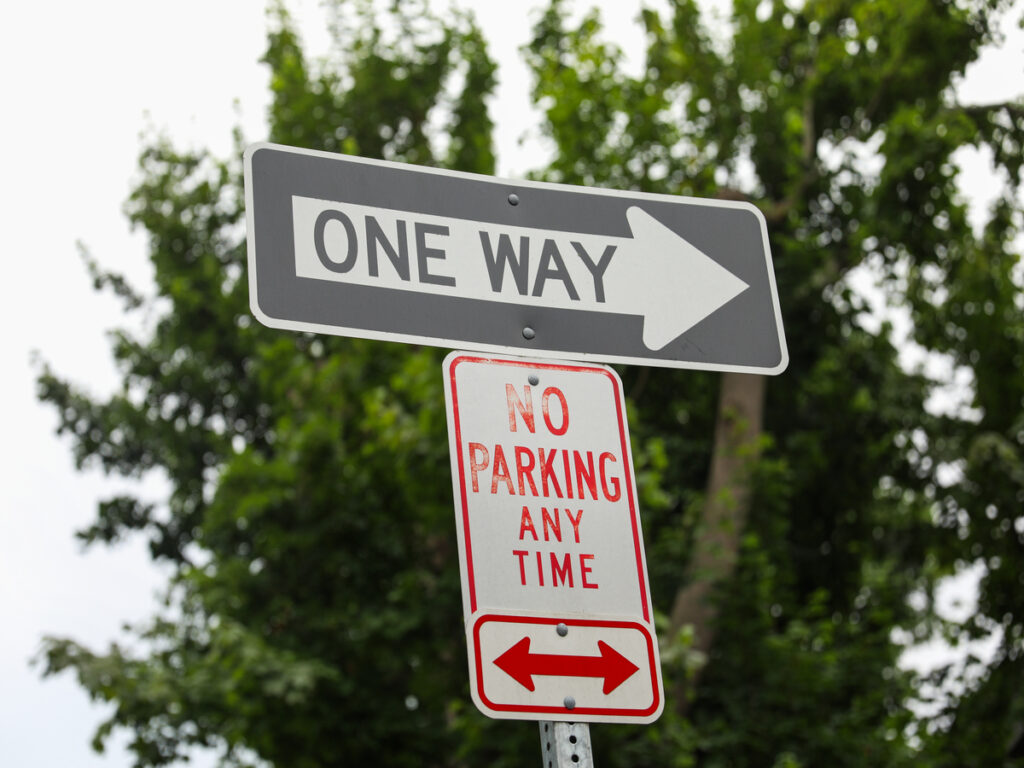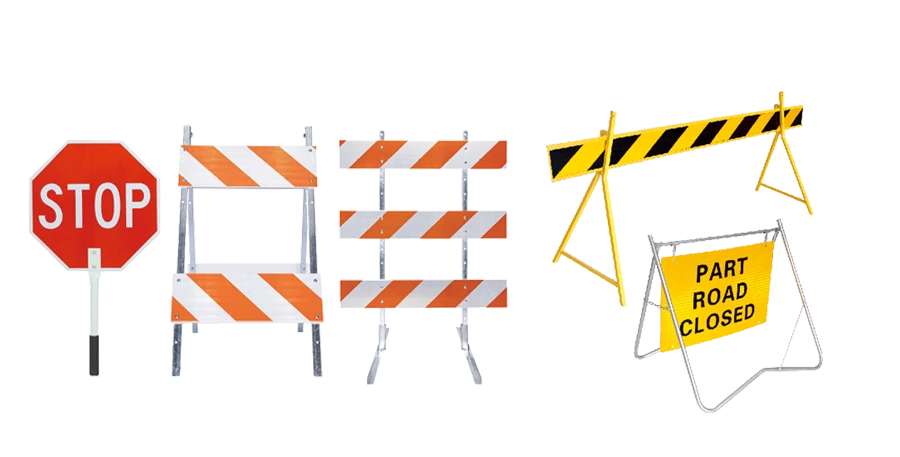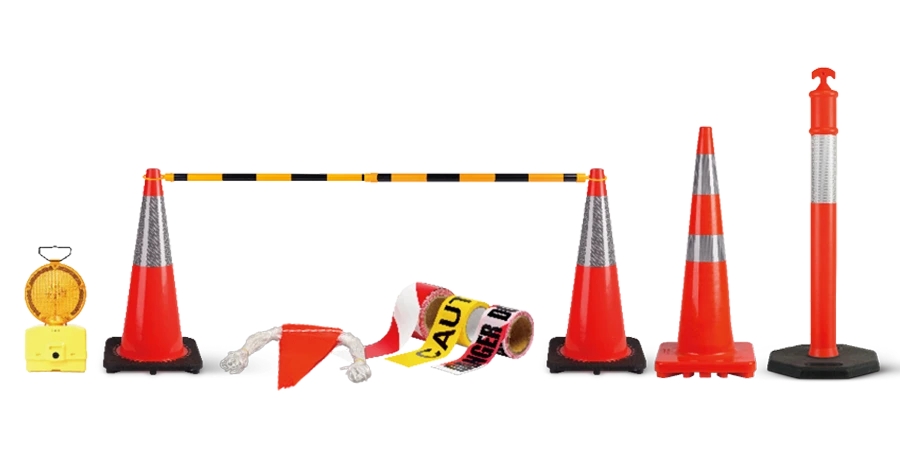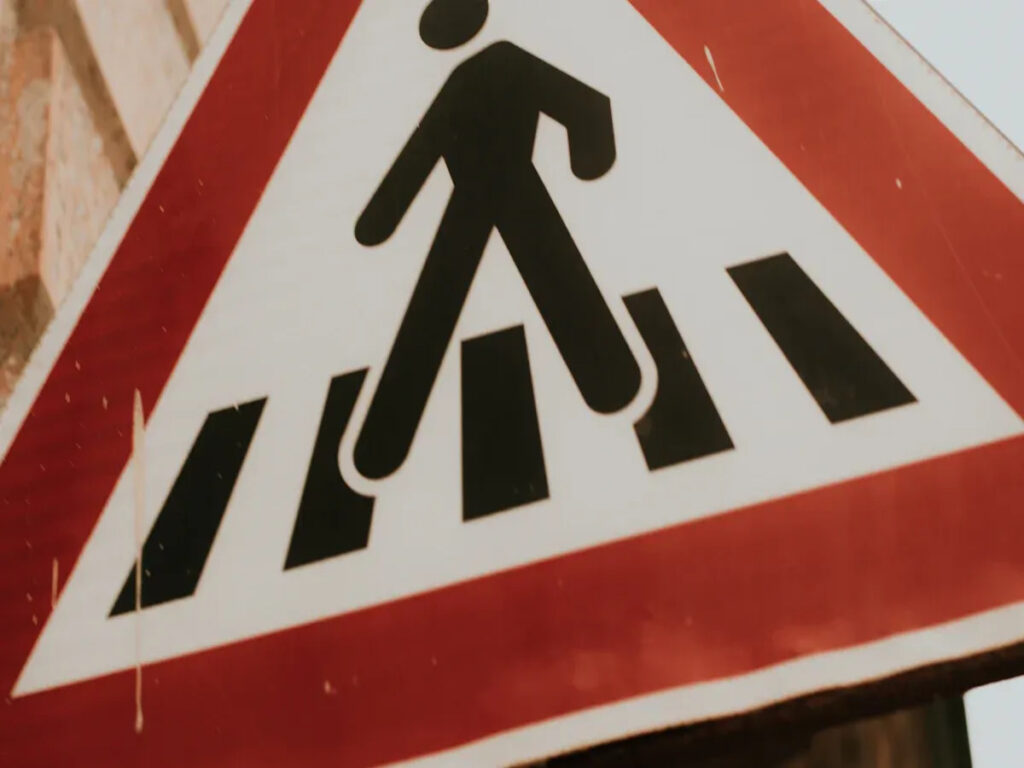
Properly placed traffic signs help make roads safer for everyone. The height of traffic signs and their angle are crucial for ensuring they are easier to see. 例えば, using bright fluorescent signs can cut crashes by 35% 田舎道で. さらに, the percentage of drivers blocking crosswalks decreased from 10.9% に 0% after fixing sign placement. These changes demonstrate how the correct height of traffic signs and angles improve visibility, より低い事故, and keep drivers and pedestrians safe.
OPTRAFFIC offers a variety of high-quality traffic signs for sale designed for maximum visibility and safety. Whether you’re managing a busy construction zone or working on a long-term road project, OPTRAFFIC traffic safety signs are built to meet safety standards and improve traffic flow.
Please feel free to contact us today to explore our full range of traffic signage solutions.
キーテイクアウト
- Correct sign height makes them easier to see and safer. 使用 20-40 feet for highway signs and 8-12 feet for city signs.
- Follow MUTCD and OSHA rules to stay safe and legal. Following these rules also helps keep federal money for road projects.
- Angle signs properly to stop glare and make them easy to read. Tilt signs 5-15 degrees so people can see them better from far away.
- Check traffic signs often to keep them clear and useful. Look for fading, things blocking them, and if the height is right.
- Use approved makers for traffic signs to meet safety rules. Good signs last longer and are easier to see.
Key Points About Traffic Sign Heights

Heights for Traffic Signs in Different Areas
Signs on Highways
Highways need taller signs so drivers can see them early. Cars move fast, so drivers need time to react. Highway signs should be 20 に 40 フィートの高さ. Taller signs are easier to read and help prevent accidents.
Signs in Cities and Neighborhoods
都市で, traffic safety signs are placed lower for both drivers and walkers. These traffic signs are usually 8 に 12 フィートの高さ. Lower signs help walkers see crosswalks and stop signs. This height also keeps drivers aware, すべての人にとってより安全な道をより安全にします.
Signs in Construction Zones
Temporary signs in work zones have special height needs. These traffic signs must be easy to see for drivers in changing conditions. Heights can vary but should always focus on being clear and visible. Proper placement avoids confusion and keeps workers and drivers safe.
Rules for Best Sign Heights
MUTCD Standards
The 均一な交通制御装置のマニュアル (mutcd) sets rules for sign heights. These rules make sure all roads follow the same safety standards. 例えば, urban signs must be at least 7 フィートの高さ. Rural signs may need to be taller for faster cars and longer distances.
OSHA Rules
In work zones, OSHA rules decide how high temporary signs should be. These rules protect workers and drivers by making signs easy to see. Breaking these rules can lead to fines or legal problems if accidents happen.
ヒント: Following MUTCD and OSHA rules improves safety and avoids legal trouble. States that don’t follow these rules might lose federal road funding.
| エリアタイプ | Suggested Height |
|---|---|
| City Streets | 8 に 12 足 |
| Country Roads | 15 に 25 feet or more |
| Fast Roads | Taller signs for speeds over 45 MPH |
| 高速道路 | 20 に 40 足 |
| 証拠タイプ | 詳細 |
|---|---|
| Why Compliance Matters | Following MUTCD rules keeps roads safe and consistent. |
| Legal Problems | Ignoring rules can lead to lawsuits after accidents. |
| Federal Funding Risk | States may lose money for road projects if they don’t follow rules. |
| Accident Danger | Poorly placed signs confuse drivers and cause more crashes. |
The Importance of the Correct Angle for Effective Signage
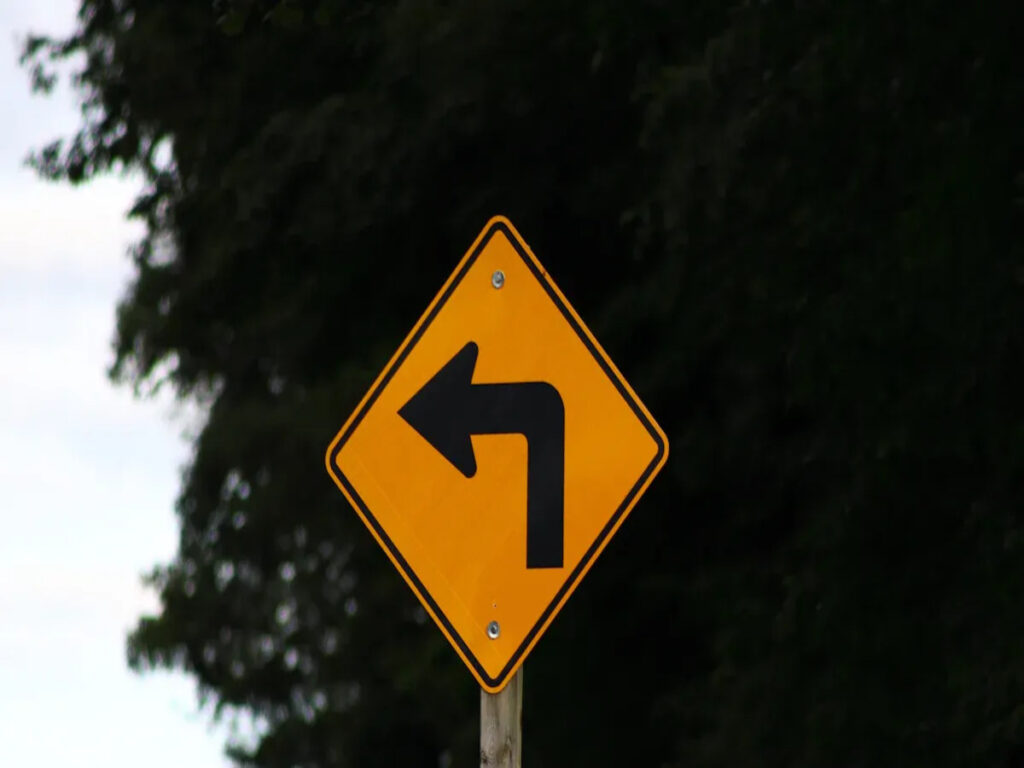
Best Practices for Angling Traffic Signs
Angle Recommendations for Road Signs
The angle of a トラフィックサイン is very important. Experts suggest tilting signs 5 に 15 学位. This small tilt helps drivers read signs from far away. The angle and distance must match for quick understanding. 高速道路で, speed feedback signs should be 7 に 10 フィートの高さ. Other roadside signs should be 12 に 20 feet high for better visibility.
Street Signs vs. 高速道路の標識
Street and highway signs need different angles. Street signs in cities should tilt slightly downward. This helps both walkers and drivers see them. Highway signs should face traffic directly. This makes them easier to read at high speeds. These adjustments make sure signs work well in all areas.
Ensuring Proper Angle to Avoid Glare
Wrong angles can cause glare from sunlight or headlights. This glare makes signs hard to see. これを修正するために, signs should avoid facing direct light. こちらです, drivers can read them clearly any time of day or in bad weather.
Common Mistakes in Traffic Sign Angle Installation
Incorrect Angling Leading to Reduced Effectiveness
Bad angles can confuse drivers and make signs less useful. A sign tilted too much forward or backward can distort its message. This problem is worse on fast roads where drivers have little time to read.
Overhanging or Blocked Signs
Signs under trees or buildings may not be visible. These obstacles can block the sign or create shadows. Regular checks can find and fix these problems. This keeps signs clear and easy to read.
ヒント: Always check the area before putting up 交通標識. Good placement and angles make signs more effective.
Compliance with Traffic Sign Height Rules
Why Following Sign Height Rules Is Important for Safety
Keeping Drivers and Pedestrians Safe
The height of traffic signs is key to road safety. Signs at the right height help people see and understand them fast. 例えば, speed feedback signs in cities should be 5 に 7 フィートの高さ. This height works well for shorter sightlines and better visibility. 高速道路で, where cars go faster, traffic safety signs should be 7 に 10 フィートの高さ. これにより、ドライバーはより多くの時間を与えることができます, lowering accidents and making signs easier to read.
| サインタイプ | Suggested Height | 安全給付 |
|---|---|---|
| City Speed Feedback Signs | 5 に 7 足 | Easier to see for slower traffic |
| Highway Speed Feedback Signs | 7 に 10 足 | Helps drivers react quickly at high speeds |
When traffic safety signs are placed at the right height, 彼らはトラフィックをはっきりと導きます. Ignoring these rules can cause big problems.
Problems from Not Following Rules
Not following sign height rules can lead to accidents. Drivers might misunderstand signs, causing crashes or breaking traffic laws. Cities that ignore these rules could face fines or lawsuits. They might also lose federal money for road projects. Following height rules isn’t just about laws—it keeps everyone safer.
How to Make Sure Your Signs Follow the Rules
Buying Signs from Certified Makers
Certified makers ensure signs meet all safety rules. These signs are made with the right size, materials, そして反射性. They follow standards like MUTCD and stay effective over time. Properly made signs are easier to read and help meet safety rules.
Regular Checks and Fixes
Checking traffic safety signs often keeps them working well. Agencies use methods like the control sign method to check reflectivity. Another way is the blanket replacement method, where all traffic safety signs in an area are replaced at once. These checks make sure signs stay at the right height and angle, avoiding problems like fading or being blocked.
| 方法 | それがすること |
|---|---|
| Control Sign Method | Tests some signs to check reflectivity over time. |
| Expected Sign Life Method | Uses the warranty period to decide when to replace signs. |
| Blanket Replacement Method | Replaces all signs in one area or type at the same time. |
By using these methods, you can keep signs safe and easy to see. This helps protect both drivers and pedestrians.
Real-World Examples of Correct and Incorrect Sign Heights
ケーススタディ 1: Highway Signage Installation
Correct Sign Heights on High-Speed Roads
高速道路で, sign height is very important for safety. Signs placed 7 に 10 feet high are easy to see. This height works well for all vehicles, even tall trucks. Taller signs avoid being blocked by plants or guardrails. 例えば, radar speed signs at this height are clear for fast drivers. Following these height rules makes signs visible and reduces confusion.
Consequences of Incorrect Installation
Wrong sign height on highways can cause big problems. Low signs might get hidden by plants or barriers. Drivers could miss important messages, leading to crashes or tickets. 例えば, a low highway sign might not warn drivers in time. This can make roads unsafe and lead to legal troubles. Correct sign height is key for safe and smooth traffic.
ケーススタディ 2: Residential and Pedestrian Area Signage
Lower Sign Heights for Pedestrian Safety
都市で, traffic safety signs should be lower for walkers and slow cars. A height of 8 に 12 feet works best in neighborhoods. This height helps everyone, including kids and wheelchair users, see signs. 例えば, stop signs at this height are easy to notice. Drivers can react faster to crosswalks, keeping streets safer.
Safety Incidents Due to Poor Installation
Bad sign height in neighborhoods can cause accidents. High traffic safety signs might be missed by walkers, while low ones block drivers’ views. 例えば, a misplaced stop sign could cause crashes. Regular checks help keep traffic safety signs at the right height. Proper installation makes streets safer for everyone.
Traffic signs placed at the right height and angle are safer. They help drivers and walkers understand messages quickly. This reduces confusion and prevents accidents. Correct placement also keeps signs consistent in all areas, like highways and neighborhoods.
Experts install traffic safety signs properly for better results. They follow rules and choose the best height for each spot. This makes sure signs last long and meet safety standards.
Check out OPTRAFFIC traffic signs and mounting tools. Make roads safer now!
よくある質問
1. What is the ideal height for traffic signs in urban areas?
Urban traffic safety signs should be 8 に 12 高さの足. This height helps both drivers and walkers see them clearly. It also works well for shorter city sightlines, 道路をより安全にする.
2. Why is the angle of traffic signs important?
The angle helps drivers see traffic safety signs better. Tilting signs 5 に 15 degrees makes them easier to read. It also stops glare from sunlight or headlights, keeping signs clear anytime.
3. 交通標識を検査する頻度?
Traffic signs should be checked once a year. Inspections find problems like fading, blockage, or wrong height. This keeps traffic safety signs safe and follows safety rules.
ヒント: Use tools like control sign checks or blanket replacements to keep signs in good shape.
4. What happens if traffic signs don’t meet regulations?
Breaking rules can cause crashes, fines, or legal trouble. Drivers might not understand poorly placed signs, 事故につながる. Cities could also lose federal money for road projects.
5. Can temporary construction signs have different height requirements?
はい, construction signs often need special heights. These traffic safety signs must be easy to see in changing traffic. Good placement keeps workers and drivers safe.
注記: Always follow OSHA rules for construction sign setups.
